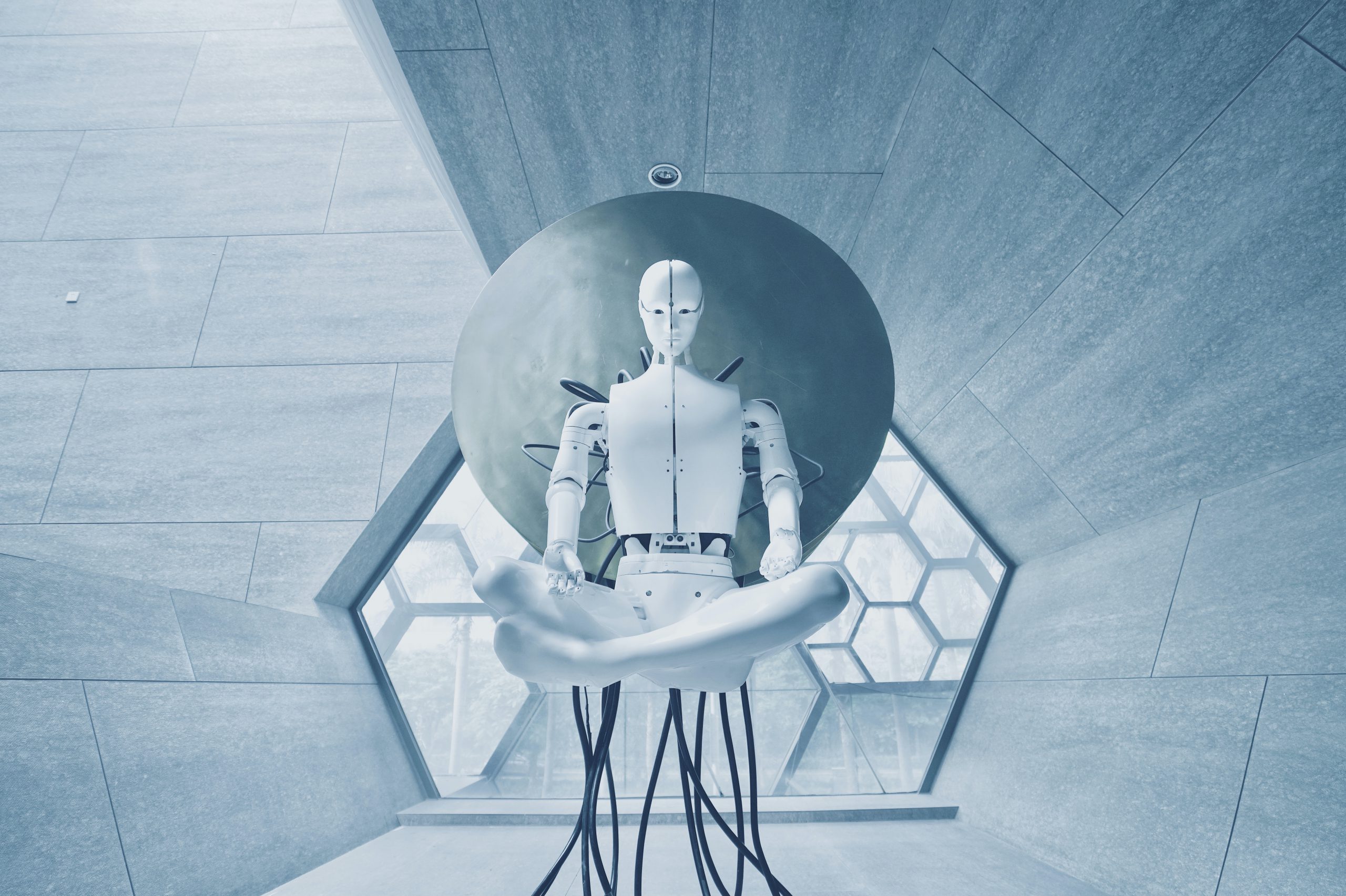The Artificial Intelligence topic has been present on the popular culture for a long time. Innumerous movies and books talk about the theme in a lot of different ways.
But outside the fiction, what really is artificial intelligence? How does it work and what can it do? In short, artificial intelligence makes computers and machines simulate the problem-solving and decision-making of the human mind.
The origins of Artificial Intelligence
The first talks about artificial intelligence took place in the 1950’s, after Alan Turing asks the question: “can machines think?” in his paper “Computing Machinery and Intelligence”.
The well-known Turing Test, that a human must distinguish answers from a computer, or a human was important to set the concept of machines that can act like intelligent minds.
From there, a study from Stuart Russell and Peter Norvig define four goals for an artificial intelligence system:
- System that thinks like humans
- Systems that act like humans
- System that thinks rationally
- Systems that act rationally
But only in 1956, at a conference in Darthmouth College, John McCarthy coins the term “Artificial Intelligence”. From that conference, Allen Newell, J.C Shaw and Herbert Simon create the first AI software called “Logic Theorist”.
In conclusion, putting it simply, artificial intelligence is a field that uses computer science and datasets to solve problems that usually require human intelligence.
How does it work?
As established, the whole endeavor of AI is to simulate the human mind. To make machines replicate the way of thinking of humans and applicate that in problem solving.
Although that explanation gives us a good idea of what it aims to do, it doesn’t define exactly what it is. Artificial Intelligence, accordingly, to Stuart Russell and Peter Norvig, the study of agents that receive percepts from the environment and perform actions.
So, the machine interpret data from the material world and perform befitting actions.
Professor Patrick Winston, from MIT, says that AI are: “algorithms enabled by constraints, exposed by representations that support models targeted at loops that tie thinking, perception and action”.
The main types of Artificial Intelligence
Those definitions sound abstract to the average person, that isn’t involved with process. But when trying to resolve the question put by Alan Turing, some types of artificial intelligence emerged.
Reactive Machines: That’s the simplest AI concept. It represents a machine that can use algorithms to react to material world or to the dataset given to it. It’s a limited type of AI because it cannot use past information to make decisions.
Because of those limitations, it cannot perform a lot of different functions. Although it limited, it has some level of complexity and can be trusted to perform cyclic tasks.
Limited Memory: Different from reactive machines, limited memory has the capability to store data and predictions. It basically, analysis past information to make potential decisions.
It is more complex and for its capacity to store data has more applications on the real world. Limited memory is created by training a model to analyze and utilize data.
It follows six basic steps: create the training data, then the learning model, make predictions with the model, receive feedback data, store and go back to the start.
Theory of Mind: That’s a theoretical approach that hasn’t been developed yet. It is moved by the idea that the AI model must be capable of comprehending humans and make decisions by itself.
Self-awareness: A step past the theory of the mind. Here the Artificial Intelligence will be able to have a sense of self and be a conscient being.
The basic process for Artificial Intelligence
So, basically the process for artificial intelligence models follows the pattern: learning, reasoning, and self-correction. Each of these steps helps the model get to the desired result.
- Learning: acquiring data and setting rules on how to transform it in information.
- Reasoning: choosing the right algorithm to reach the expected result.
- Self-correction: refine the algorithm to ensure accurate results.
In sum
The applications of Artificial Intelligence in the contemporary world are enormous. It can adapt itself to almost any environment and transform decision-making process.
As it’s still developing itself, the advances on the field are immensurable. The most recent challenge is how to incorporate intelligence and intentionality in the process, so AI can incorporate real-world experience in its decision making.
Want to know how AI can help power your supply chain and business? Schedule a conversation!

